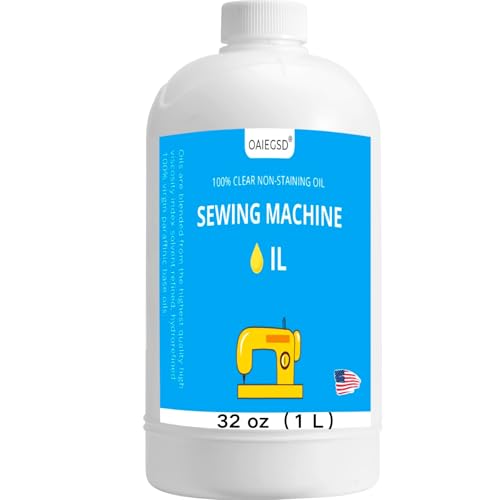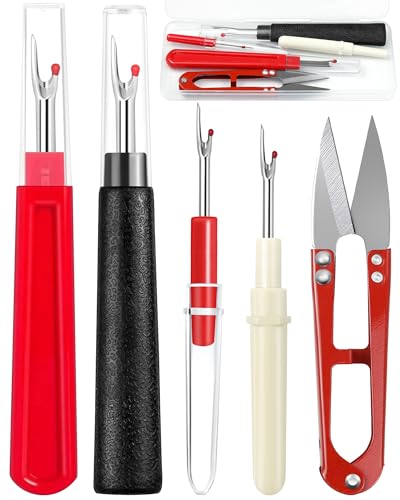I have been sewing for years, and one of the most important things I have learned is how to properly oil my sewing machine. Oiling your machine regularly can help keep it running smoothly and prevent damage to its parts. In this article, I will share with you my tips and tricks for how to oil a sewing machine.
Before we get started, it’s important to understand your sewing machine and why it needs to be oiled. Sewing machines have many moving parts that rub against each other as they work. Over time, this friction can cause wear and tear on the machine. Oiling your sewing machine helps reduce this friction and keeps the parts moving smoothly. It also helps prevent rust from developing on the metal parts of the machine.
Key Takeaways
- Understand your sewing machine and why it needs to be oiled
- Prepare your machine for oiling by cleaning and identifying the parts to oil
- Choose the right oil and apply it correctly, then test your machine and perform regular maintenance and care.
Understanding Your Sewing Machine
As someone who loves to sew, I know how important it is to understand your sewing machine. Whether you have a Singer sewing machine, a Bernina, or an old vintage sewing machine, it’s important to know how it works and how to take care of it.
One of the first things you should do is read the manual that came with your machine. This will give you a good idea of how to use your machine and what features it has. Some machines have a needle stop button, which is a great feature to have if you’re working on a project that requires a lot of starting and stopping. Other machines have a thread indicator, which lets you know when you’re running low on thread.
It’s also important to know how to clean and oil your machine. Dust and lint can build up in the crevices of your machine and cause it to malfunction. You should clean your machine after every few uses and oil it every 4-5 uses or every 2-3 bobbin changes. Be sure to use the right type of oil for your machine, and don’t use too much at one time.
If you have an old sewing machine or a vintage sewing machine, it’s important to take extra care when cleaning and oiling it. These machines may have different parts and mechanisms than newer machines, so be sure to read the manual and do your research before attempting any maintenance.
One important part of your machine is the Bernina hook, which is a patented feature of Bernina machines. This hook is designed to create a precise stitch and is a key component of the machine’s performance. If you have a Bernina machine, be sure to take extra care of this part and follow the manufacturer’s instructions for maintenance.
Overall, understanding your sewing machine is essential for getting the most out of it. Take the time to read the manual, learn about its features, and take care of it properly. With a little care and attention, your machine will last for years to come.
Why and When to Oil Your Sewing Machine
As a sewing machine owner, it’s important to know why and when to oil your machine to ensure it runs smoothly and lasts for years to come.
Sewing machine oil is a lubricant that helps prevent friction between the machine’s moving parts. This friction can cause wear and tear on the machine, leading to costly repairs or even the need for a new machine.
To prevent this, it’s important to oil your sewing machine regularly. How often you should oil your machine depends on how frequently you use it. If you use your machine daily, you should oil it every day. If you use it less frequently, oil it once a week.
It’s also important to oil your machine after cleaning it, as cleaning can remove any existing oil and leave the machine’s parts vulnerable to friction.
When oiling your machine, it’s important to use sewing machine oil specifically designed for this purpose. Other types of oil can damage your machine and cause it to malfunction.
By regularly lubricating your sewing machine with the proper oil, you can prevent unnecessary wear and tear and keep your machine running smoothly for years to come.
Preparing for the Oiling Process
Before oiling your sewing machine, it is important to take some necessary precautions to ensure that the process goes smoothly. Here are some steps to follow:
Unplug the machine: Before starting the oiling process, make sure to unplug your sewing machine from the power source. This will ensure your safety and prevent any electrical damage to the machine.
Clean the machine: Use a clean cloth or a lint brush to remove any dust or debris from the machine. You can also use compressed air to blow out any stubborn dust particles. Pay special attention to the presser foot, handwheel, and other moving parts of the machine.
Cover the machine: To prevent any oil from getting on your work surface, cover your sewing machine with a towel or a piece of cloth. This will also protect the machine from any accidental spills.
Remove the presser foot and handwheel: If possible, remove the presser foot and handwheel from the machine to make it easier to access the internal parts. This will also make it easier to clean and oil the machine.
Use a nylon brush: Use a nylon brush to collect any remaining dust or debris from the machine. This will ensure that the machine is clean and ready for the oiling process.
By following these steps, you can prepare your sewing machine for the oiling process and ensure that it runs smoothly. Remember to always refer to the instructional manual for your specific machine for more detailed instructions on how to oil it.
Identifying Parts to Oil
Before oiling your sewing machine, it’s important to identify the parts that require oiling. Here are the parts that you should oil:
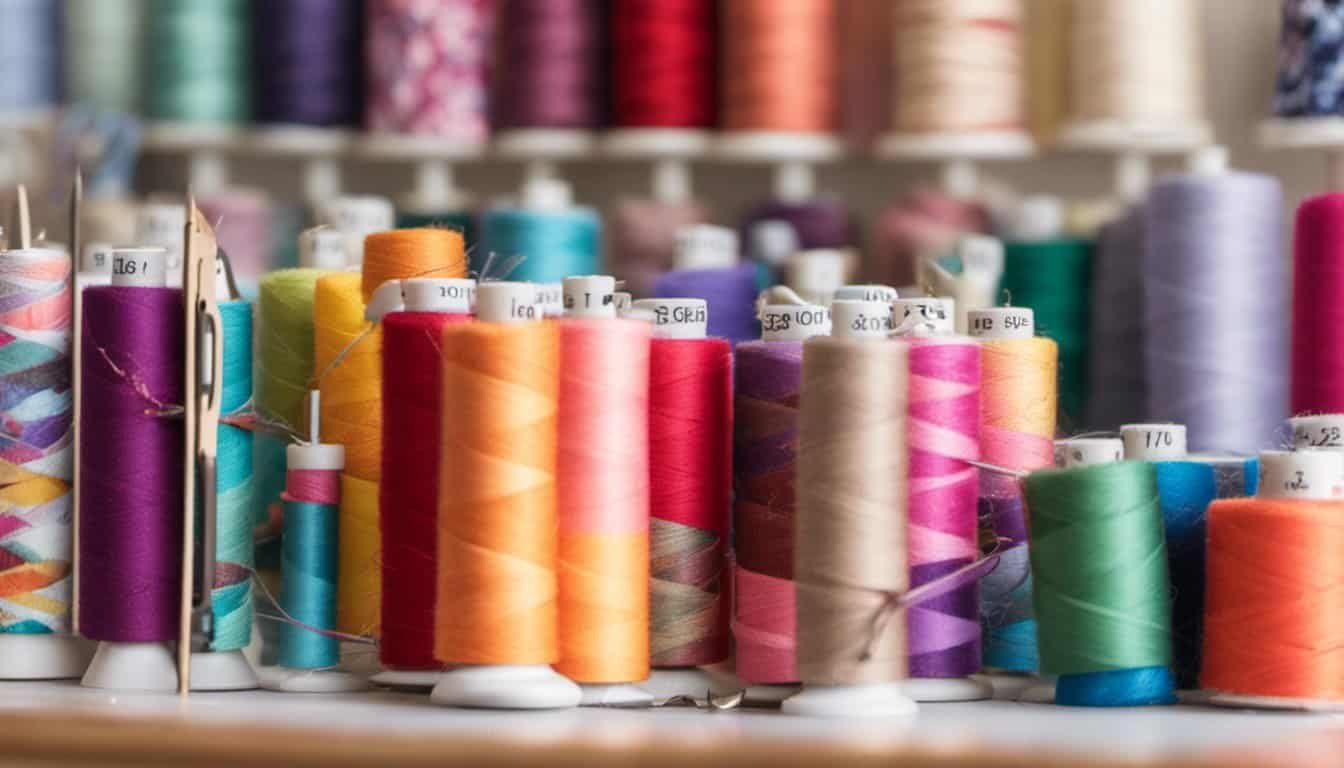
Moving Parts
The first parts to oil are the moving parts of your sewing machine. These include the rotary hook, shuttle hook, and feed dogs. To oil these parts, apply a drop of oil to each moving part. Be careful not to over-oil, as this can cause your machine to become clogged.
Needle Bar
The needle bar is another important part to oil. Apply a drop of oil to the needle bar, which will help to keep the needle moving smoothly.
Bobbin Case
The bobbin case is another part that requires oiling. To oil the bobbin case, remove it from the machine and apply a drop of oil to the outer ring. Be sure to wipe away any excess oil before replacing the bobbin case.
Stitch Plate
The stitch plate is another part that requires oiling. Apply a drop of oil to the stitch plate, which will help to keep the fabric moving smoothly.
Bobbin Hook
« Best Sewing Machine for Denim: Top Picks for Heavy-Duty Sewing
How to Use a Walking Foot Sewing Machine: A Beginner’s Guide »
The bobbin hook is another important part to oil. Apply a drop of oil to the bobbin hook, which will help to keep the bobbin moving smoothly.
Remember to always refer to your sewing machine’s manual for specific instructions on oiling your machine. By oiling your sewing machine regularly, you can help to keep it running smoothly and prevent any damage to the moving parts.
Choosing the Right Oil
When it comes to oiling your sewing machine, choosing the right oil is crucial. Using the wrong type of oil can damage your machine or cause it to malfunction. Here are some things to consider when choosing the right oil:
Sewing Machine Oil
Sewing machine oil is specifically designed for sewing machines and is the best option for lubricating your machine. It is a clear, lightweight oil that is easy to apply and won’t gum up your machine. Sewing machine oil is usually mineral oil-based and is widely available at craft stores and online.
Lubricant
If you don’t have sewing machine oil on hand, you can use a general-purpose lubricant. However, make sure it is safe for use on metal and won’t damage your machine. Avoid using lubricants that contain silicone or petroleum-based products, as they can damage your machine over time.
Mineral Oil
Mineral oil is a popular alternative to sewing machine oil, as it is readily available and affordable. However, not all mineral oils are suitable for use on sewing machines. Look for mineral oil that is labeled safe for use on metal and is resin-free and acid-free.
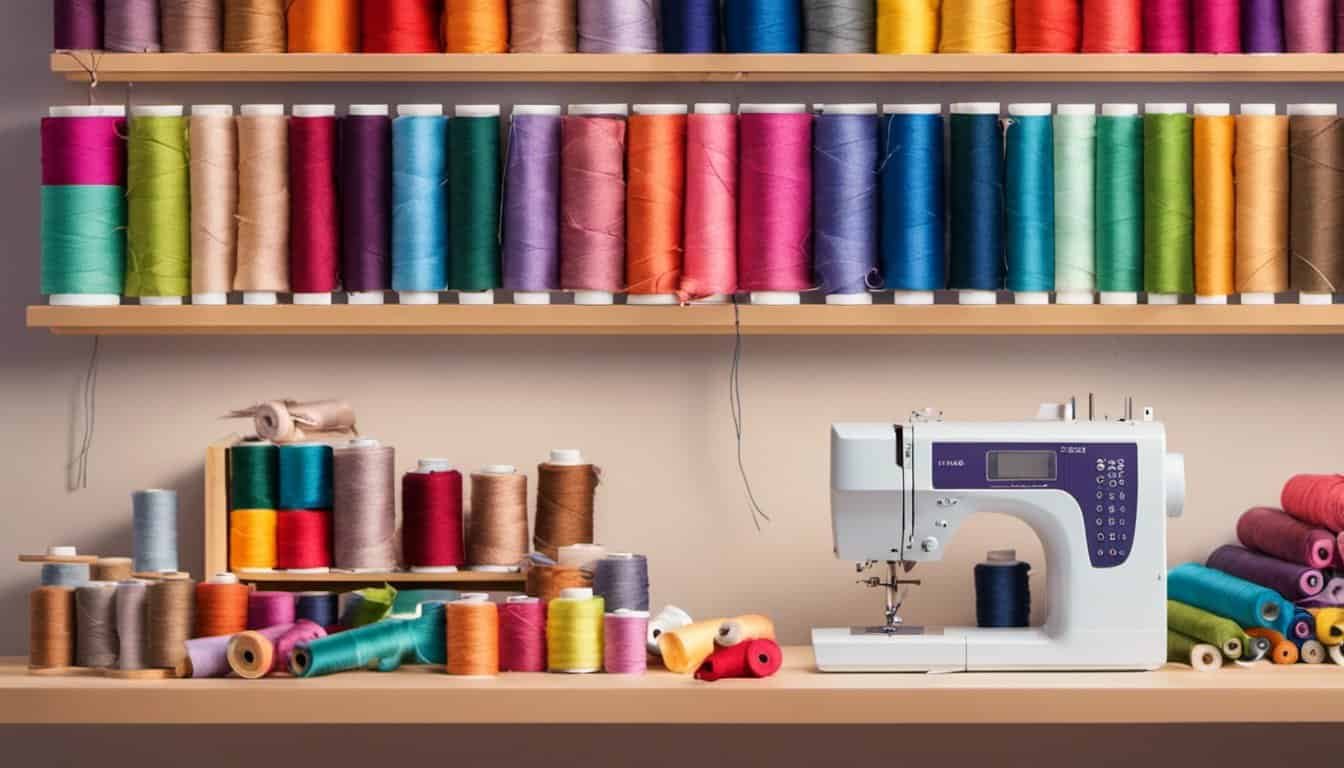
WD-40
While WD-40 is a popular lubricant, it is not recommended for use on sewing machines. WD-40 is a solvent, not a lubricant, and can cause damage to your machine over time. Additionally, it can attract dust and debris, which can cause your machine to malfunction.
Original Oil
If your sewing machine came with original oil, it is best to use that oil for lubrication. Using a different type of oil can cause damage to your machine or void your warranty.
In conclusion, choosing the right oil for your sewing machine is important for keeping it running smoothly. Sewing machine oil is the best option, but if you don’t have any on hand, make sure to choose a lubricant that is safe for use on metal and won’t damage your machine. Avoid using WD-40 and always use the original oil if possible.
How to Apply the Oil
When it comes to applying oil to your sewing machine, it’s important to do it correctly to ensure that your machine stays lubricated and running smoothly. Here are the steps to follow:
First, make sure that your machine is unplugged and that the needle is in the highest position. This will make it easier to access the areas that need to be oiled.
Next, locate the areas of your machine that require oiling. These will typically be the moving parts of the machine, such as the needle bar, the presser foot bar, and the feed dog mechanism.
Apply a few drops of oil to each of these areas. Be careful not to use too much oil, as excess oil can attract dust and lint and cause your machine to become dirty.
After applying the oil, run your machine for a few minutes to allow the oil to spread and lubricate the necessary parts.
Finally, use a piece of fabric to absorb any excess oil that may be left on the machine. This will prevent the excess oil from attracting dust and lint.
Remember that different machines may require different amounts of oil and may have different areas that need to be oiled. Be sure to consult your machine’s manual for specific instructions on how to lubricate your machine.
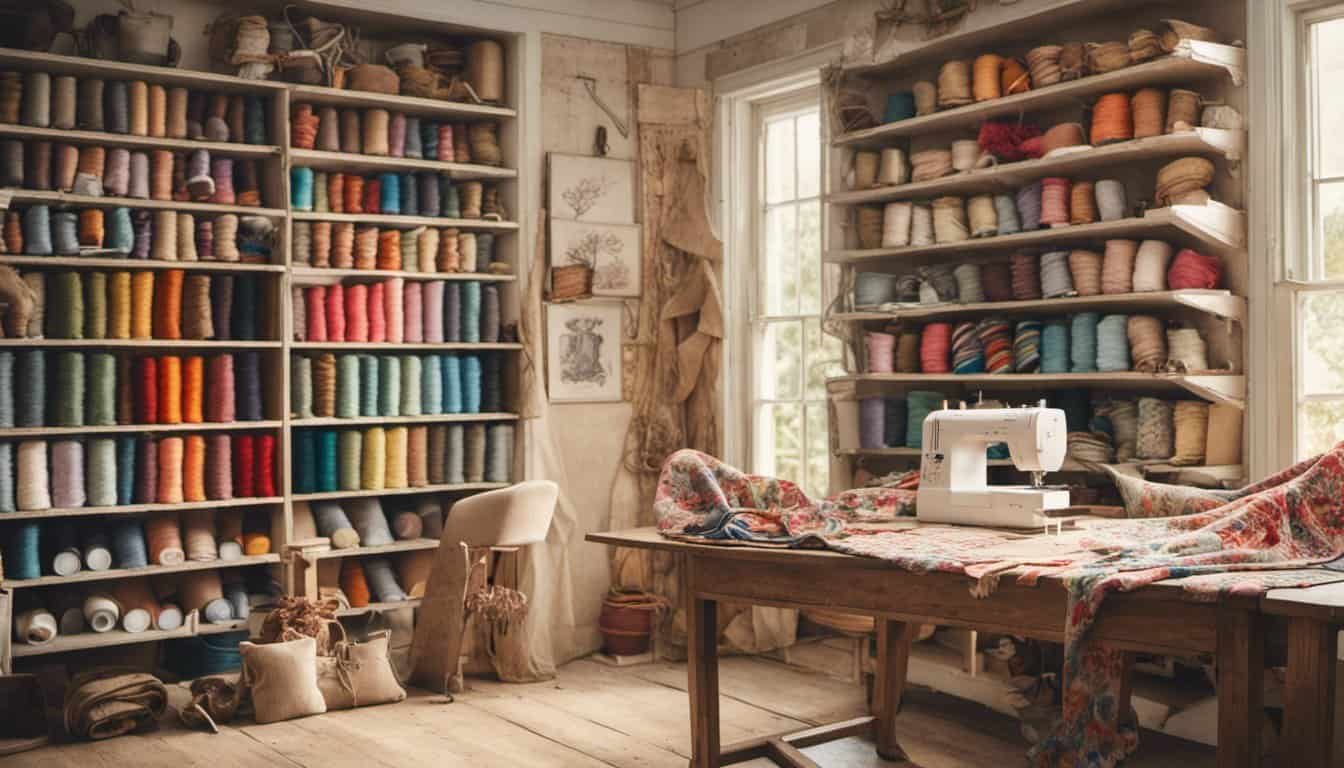
By properly lubricating your sewing machine, you can ensure that it stays in good working condition and lasts for years to come.
Cleaning After Oiling
Once you have oiled your sewing machine, it is important to clean it properly. Excess oil can attract dust and lint, which can eventually clog up the machine. Here are some steps that I follow to clean my sewing machine after oiling it:
Turn off the sewing machine and unplug it from the power source.
Use a clean cloth or towel to wipe away any excess oil from the machine. Be sure to wipe gently and not rub too hard, as this can damage the machine.
Use a lint brush or nylon brush to remove any dust or fabric lint from the machine. You can also use compressed air to blow away any dust that is stuck in hard-to-reach areas.
If there is any stubborn dirt or grime on the machine, you can use a mild cleaning solution and a clean cloth to wipe it away. Be sure to read the manufacturer’s instructions before using any cleaning solution, as some solutions may damage the machine.
Once you have finished cleaning the machine, use a dry towel or cloth to wipe away any remaining moisture.
By following these steps, you can ensure that your sewing machine stays clean and in good working condition. Remember to clean your machine regularly to prevent dust and lint from building up and causing problems with your sewing projects.
Testing the Machine After Oiling
Now that I have oiled my sewing machine, it’s time to test it out to make sure it’s running smoothly. Here are the steps I take to test my machine:
I start by threading the machine with a spare piece of fabric. This helps me see if there are any issues with the threading or if the machine is skipping stitches.
Next, I select a project or piece of fabric that I want to sew. I usually start with a simple project or muslin to make sure everything is working correctly before moving on to more complex projects.
I test out the machine on a few extra pieces of fabric before starting on my project. This allows me to make any necessary adjustments to the tension or stitch length before starting on the final piece.
If I’m working with delicate fabrics like velvet, I’ll test the machine on a scrap piece of the same fabric to make sure it doesn’t snag or damage the material.
Finally, I sew my project, keeping an eye out for any issues like skipped stitches or uneven tension. If I notice any problems, I stop and make adjustments as needed.
Overall, testing the machine after oiling is an important step to ensure that it’s running smoothly and producing high-quality stitches. By following these steps, I can be confident that my machine is in good working order and ready for my next sewing project.
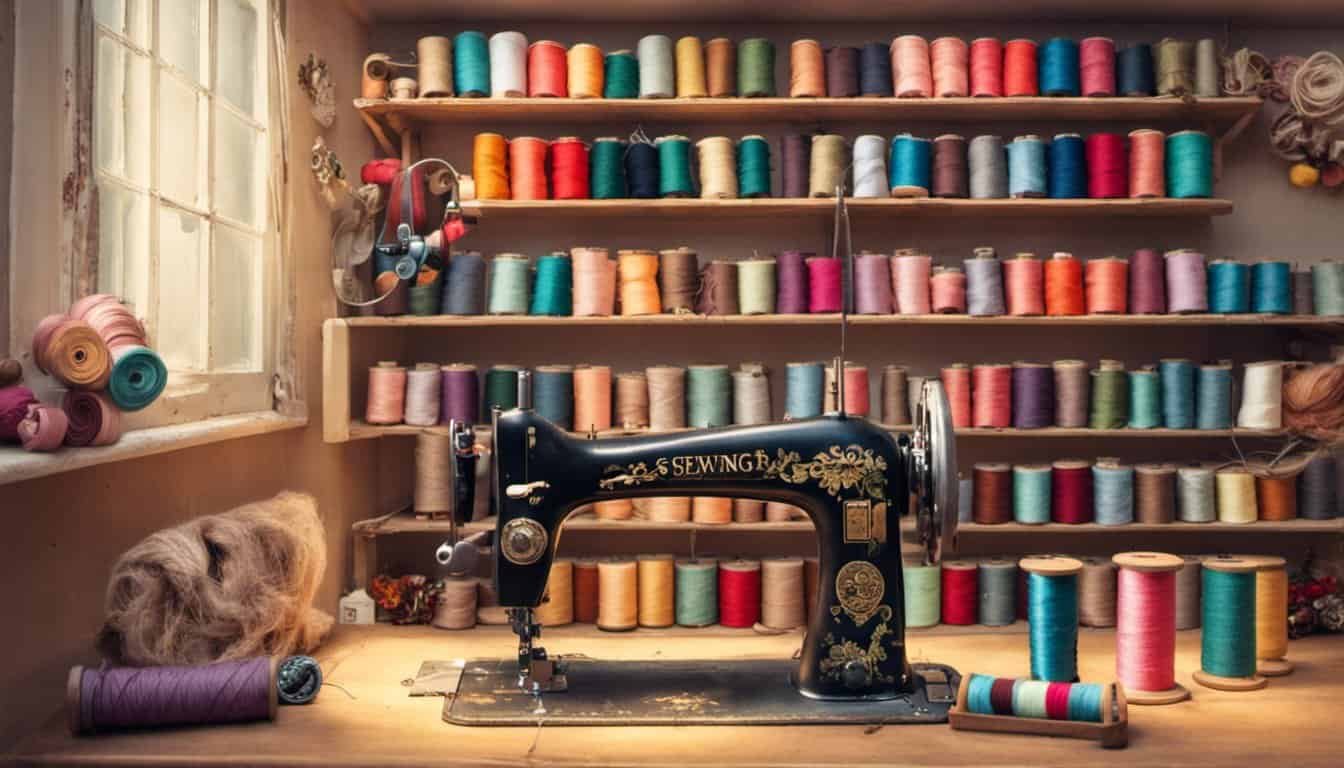
Maintenance and Care Tips
Maintaining and caring for your sewing machine is important to ensure it runs smoothly and lasts for a long time. Here are some tips to keep your machine in top condition:
Read the manual: The first step in maintaining your sewing machine is to read the manual. It will have specific instructions on how to clean, oil, and maintain your machine. Make sure to follow these instructions carefully.
Clean your machine regularly: Dust and lint can accumulate in your machine, causing it to run less efficiently. It is important to clean your machine regularly, including the throat plate, bobbin case, and feed dogs. Use a lint brush or a soft cloth to remove any dust or lint.
Oil your machine: Oiling your machine will help to keep it running smoothly. Use only the oil recommended by the manufacturer and apply it sparingly. Too much oil can cause the machine to become clogged or attract dust and lint.
Replace needles regularly: Needles can become dull or bent over time, which can cause your machine to skip stitches or even break. Make sure to replace your needles regularly, especially if you are working with heavy or thick fabrics.
Take your machine to an authorized dealer for service: If you are experiencing problems with your machine, it is best to take it to an authorized dealer for service. They will have the expertise to diagnose and repair any issues with your machine.
Use felt under your machine: Using a piece of felt under your machine can help to reduce vibration and noise. It can also help to protect your table or workspace from scratches.
Service your overlocker and embroidery machines: Overlocker and embroidery machines require special care and maintenance. Make sure to read the manual and follow the manufacturer’s recommendations for cleaning and oiling these machines.
By following these maintenance and care tips, you can keep your sewing machine in top condition and avoid costly repairs in the future.
Frequently Asked Questions
What are some common mistakes to avoid when oiling a sewing machine?
When oiling your sewing machine, it’s important to avoid making some common mistakes. One of the most common mistakes is using too much oil. Over-oiling can cause the machine to become clogged with excess oil, which can lead to damage and malfunctions. Another mistake to avoid is using the wrong type of oil. Make sure to use sewing machine oil, as other types of oil can cause damage to the machine.
What are the benefits of using sewing machine oil?
Sewing machine oil is specifically designed to lubricate the moving parts of a sewing machine. Using sewing machine oil can help to prevent friction and wear, which can extend the life of your machine. It can also help to keep your machine running smoothly and quietly.
How often should you oil your sewing machine?
The frequency of oiling your sewing machine depends on how often you use it. If you use your machine frequently, you should oil it at least once a week. If you use it less often, you can oil it every two to three weeks. Always refer to your machine’s instruction manual for specific oiling instructions.

What are some alternative oils you can use to oil your sewing machine?
While it’s recommended to use sewing machine oil, there are some alternative oils you can use if you don’t have access to sewing machine oil. One alternative is mineral oil, which is a non-drying oil that won’t gum up or become rancid. Another alternative is 3-in-1 oil, which is a general-purpose oil that can be used for a variety of applications.
What are some tips for properly cleaning your sewing machine before oiling it?
Before oiling your sewing machine, it’s important to clean it properly. Start by removing any visible lint and dust from the machine. Use a soft-bristled brush or a vacuum cleaner to remove any debris from the machine’s nooks and crannies. You can also use a lint roller to remove lint from the machine’s surface. Once the machine is clean, you can oil it according to the manufacturer’s instructions.
Can you use too much oil when oiling your sewing machine?
Yes, you can use too much oil when oiling your sewing machine. Over-oiling can cause the machine to become clogged with excess oil, which can lead to damage and malfunctions. It’s important to use the right amount of oil, as specified in your machine’s instruction manual.







